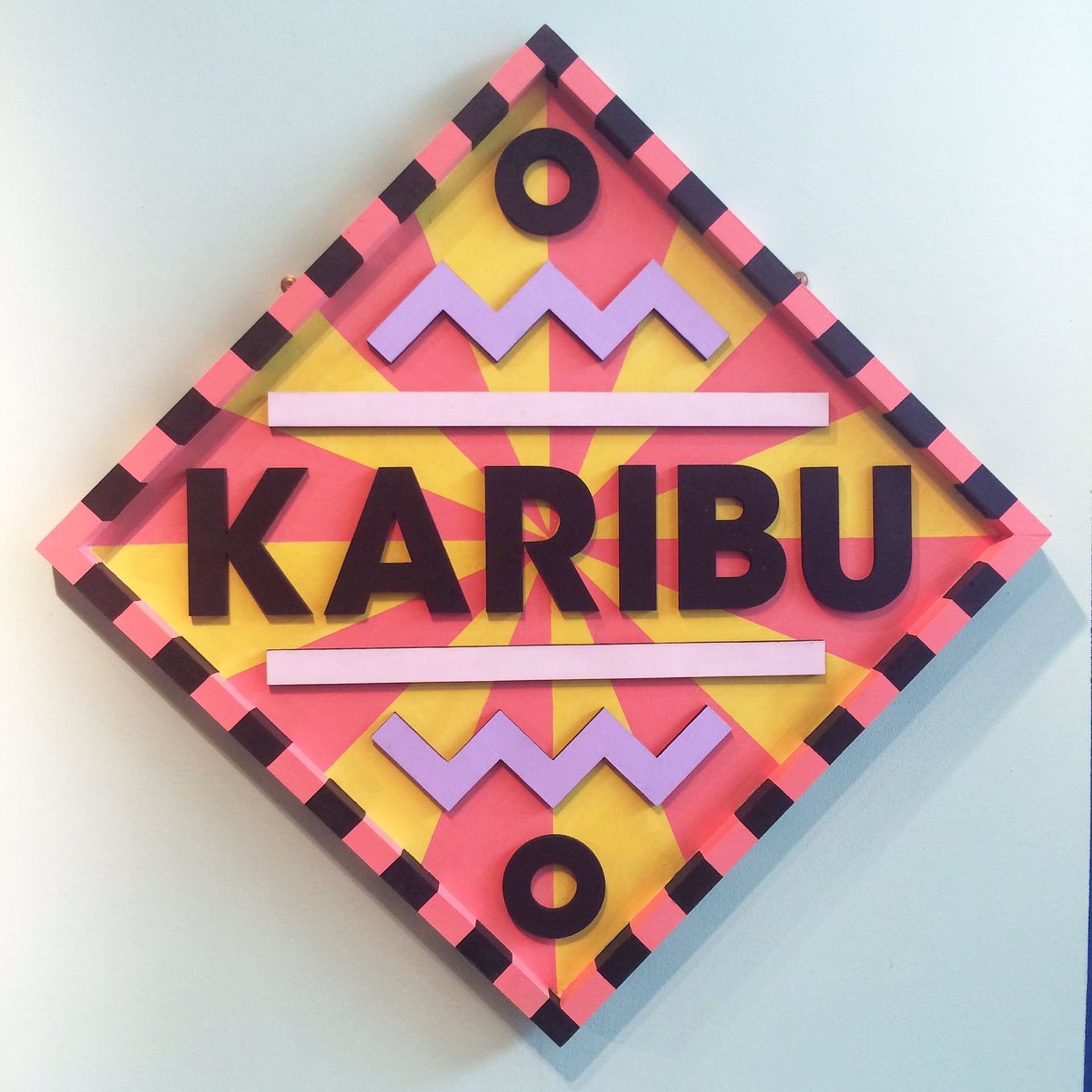
Written by Nguyen
31 Jul 2020
21 applications and dozens of emails, 5 interviews, and only 2 offers.
Can you guess what they are for? Long story short, that’s how I got my current internship for my Master study’s mandatory course.
This July, I already started my internship, but looking back to 3 months ago, it was such a rollercoaster. Being an international student, not a native-English or Swedish speaker, and having to get an internship in the middle of the global pandemic, that has been my situation for the last Spring semester
Thus, below are my 5 lessons learned from this hard but rewarding journey.
1. Start as early as possible
If you want to get an internship in Sweden as part of your study, always checking with your programme first. Some programmes allow students to take an internship as a credit course, but some don’t.
Usually, if you study a 2-year Master programme at a Swedish university, you will opportunities to take either optional courses or internship in the second year’s Autumn semester. In my case, internship is a compulsory component of the programme – MSc International Development and Management at Lund University. It is under the form of a field semester course. Also, some other programmes have their internship scheme or connection with companies for students. Thus, students have opportunities to gain working experience and get study credits at the same time.

Moreover, one thing that I have learned by starting early is that ‘Don’t wait until the deadline to apply!’. While some internship opportunities have certain deadlines, some have rolling basic application.
Internship opportunities for the Autumn semester in Sweden usually open as early as in March or April. If you plan to do internship for your second year’s Autumn semester, you should prepare early in the previous Spring semester. I have started my mission on getting an internship as early as in February 2020. Starting and applying early would increase your chance to get an internship.
2. Networking and LinkedIn
This would be the most “heard” advice you get when searching for jobs in Sweden. Actually, when I first heard the word “networking”, I was scared. I just came to Sweden and my social circle has been only within my classmates and a few friends in Lund.

However, “networking” does not mean you have to know a lot of people in Sweden or Europe to start. I have learned my lesson that “networking is not about the quantity, but the quality”. In fact, one of the internship opportunities that I was introduced to was through a colleague back in Vietnam.
Moreover, one thing that I found different while finding an internship in Sweden and Europe comparing to where I’m from – Vietnam is the power of LinkedIn. In some other job markets, LinkedIn may not be popular, but it is not the case in Sweden and Europe in general. Several internship opportunities are posted through LinkedIn, so having a LinkedIn profile would also improve your chance to get an internship and expose yourself to potential recruiters.

Below are some of my notes when starting “networking and LinkedIn” mission for internship or job search:
- Letting your friends, classmates, colleagues know that you’re searching for an internship.
- Polishing your LinkedIn profile with skills and relevant work experience.
- Connecting with your programme’s alumni. A lot of my classmates got internship through introduction and connection with alumni.
3. CV and Cover letter
After finding suitable internship opportunities, it’s time for applying. All the internship posts that I have applied require a CV and cover letter.
Swedish universities normally have career services that would help you polish your CV and improve CV writing skill to better fit with the Swedish job market. For my CV, I did go to a CV workshop and receive advice from a professional career advisor. These kinds of sessions can be booked through universities’ career offices.
Cover letter is also a crucial factor in internship application. In some job markets, cover letter may not be necessary. However, I found out that in Sweden, it is prettily important. Writing a cover letter for the first time would be difficult. I think I have had a dozen of cover letter drafts during my internship application. Hence, some of my tips for writing a cover letter are:
- Keep it concise and informative (less than 500 words)
- Keep it relevant to your CV (work experience, achievements, etc.)
- Keep it related to the internship post you are applying (skills, knowledge)
- Check spelling and grammar before sending
4. Interview
So after sending around 5-6 internship applications for 2 months, I finally got the first interview invitation and it was with a Swedish consultancy company. I was nerve-wracking at the beginning of the interview. I can still remember my racing heartbeat and nervousness throughout the entire interview. It last around 1 hour (phew) and most of the questions are about the internship post, my experience and skills.

Most of the internship interviews I took part in Sweden have at least 2 people in the interview panel. And I’m very thankful that all the interviews are in English!
Universities also offer interview practice sessions for students. You can book and practice with a career counsellor to prepare the best for your interviews.
5. Learn from failure
But guess what, I did not get the internship offer after my first interview!
“We have now been through all the applications and I regret to have to tell you that we have decided to proceed with other candidates for the internship position in the Fall semester.
You have an interesting profile but we received a lot of applications and the other candidates’ skills and experience were more aligned with our expectations and needs.”
I was sad and disappointed with myself. However, it would be never too late to learn from mistakes and failures. I believe that communication is the key. That’s why I sent an email to my interviewer and asked for my interview’s feedback. From that, I know my weaknesses and how I can improve them. In this way, I can also maintain contact with a potential employer in the future.

Then I started exploring other options. Due to the current situation, a lot of companies and organisations open virtual or remote internship opportunities. That means you can still be in Sweden and work for a global company or international organisation.
And yes, that’s my case. My current internship is not with a Swedish company but an international organisation, and I am able to work from home while connecting the organisation with different partners in Sweden.
Tips from other students

Camilo from the University of Gothenburg
I got an internship as a research assistant for one of my teachers in the first semester. To get it i think it is important to want to follow an academic career, because this kind of internship can be good for your CV to get a PhD.
One important tip I would like to suggest is don’t be shy with your teachers, in Sweden the relation with teachers is very friendly and horizontal. Don’t doubt in ask for position or talk about your academic goals.

Arisa from Lund University
First: Prepare early to find the internship. Most of them are posting advertisement for internship about 3-6 months before the internship actually starts. So if you want to do an internship in the Fall semester, you should start searching around February/March.
Second: Check through the websites that regularly post about the opportunities i.e. Linkedin, Graduateland, Glassdoor. Don’t overlook the companies/organizations’ website or Facebook page.
Third: Find Alumni/connections who work in the field you would like to do an internship. FB Group/Linkedin/Friends of friends
If you are looking for job application advice, you may also want to check out the following blog posts:
- Top 10 FAQs – Internships in Sweden
- Finding a Job in Sweden as a soon to be graduate
- Five tips for writing a student CV
Finding and getting an internship or a job in this current time would be a challenging journey, but I hope my little experience while applying for internship in Sweden can help you. If you have other tips or suggestions, please share with us! 🙂





